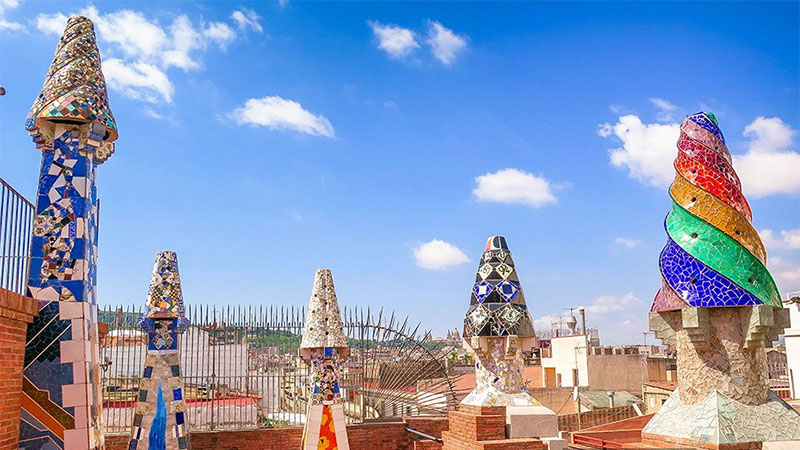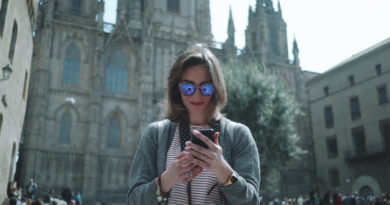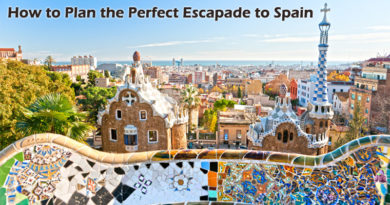Gaudi and Catalan Modernism
Barcelona is known for its breath-taking architecture. You can’t help but notice Gaudi’s influence when you wander around the city. The soft curves and bold shapes carved into Gaudi’s buildings distinguish Barcelona from the other European cities. He is one of the most famous architects in the world, and his work is still widely praised today.
If you are embarking on a European tour, Barcelona is definitely worth a visit. You can indulge in tapas, drink Sangria and admire the beautiful architecture of the city. Listen to the audio guides of each building to learn all about the history behind the designs. There is a wealth of detail and art behind each feature of Gaudi’s architecture.

So, who was Gaudi?
Anton Gaudi was born in 1852, and his first designs featured Gothic and Catalan styles. He quickly developed his own style and designed one of the first buildings of the Art Nouveau movement: Casa Vicens. The Art Nouveau movement was primarily in France and Belgium, and it combined architecture, art and literature.
Sadly, Gaudi was killed in 1926 after being hit by a tram on his way to church. He did not have his wallet on him at the time, and people assumed he was a beggar. They left him unconscious in the street until he was eventually identified and taken to hospital. He died shortly after from his injuries.
The Catalan Modernism movement
Gaudi was at the forefront of the Catalan Modernism movement, and his buildings are still popular with tourists today. Let’s take a closer look at some of Gaudi’s best designs.
La Sagrada Familia
La Sagrada Familia is the most famous building designed by Gaudi – and is yet to be finished. The church was started in 1882 and has been under construction for over 100 years. It’s supposed to be finished by 2030, but we’ve heard that one before.
The church design combines man, nature and religion through architecture. You can listen to the audio guide to learn about the history and backstory of the design. You should visit the landmark in mid-morning when the sunrise is streaming through the stained glass windows.
Casa Batllo
Gaudi restored Casa Batllo in the early 1900s. He arched the roof to look like the back of a dragon and decorated the exterior with a mosaic from broken ceramic tiles. He supposedly collected these tiles from a local glass shop. He also renovated the main floor and patio. Casa Batllo is one of the most eye-catching Gaudi creations.
Palau Guell
Palau Guell was built in 1886, just off La Rambla. The design centres around the main party room that once entertained high-society individuals. It has high ceilings and small holes near the top where lanterns can be hung at night. It gives the effect of a magical starlit sky. There are also colourful chimneys at the top and a few gothic features.
Park Guell
The 45-acre garden complex was designed in 1900 and has now been renovated into a municipal garden. It’s a World Heritage Site these days. The main terrace is the centre point of the complex, surrounded by a long bench resembling a sea serpent. The park is next to La Sagrada Familia and features the classic Gaudi colours.
Experience the best of Gaudi in Barcelona this year.



